The Department of Culture and Sports of Binh Dinh province has just coordinated with the Vietnam Institute of Archaeology to announce the results of the second archaeological excavation at the Dai Huu tower ruins, Chanh Man village, Cat Nhon commune, Phu Cat district, Binh Dinh province.
This excavation took place from May 9 to July 10 on an area of about 300 square meters. The excavation process exposed the entire body of the tower, the foundation of the eastern lobby; the foundation of the northern pedestal and part of the foundation of the southern and western pedestals. The tower has an eastern entrance and a system of fake doors.
The Dai Huu tower's surface is larger than other Champa towers, located on the highest position of Dat mountain peak. Experts believe that the architecture revealed in the excavation pit is the main tower (also known as Kalan).
In the middle of the tower is the sacred pit - the central structure of the tower, located under the brick foundation of the tower. The size of the sacred pit is equivalent to the tower (3.8 m x 3.8 m), 1.24 m deep. The center of the sacred pit is a sacred pillar 1.4 m high and 3.3 m deep.
During the excavation, experts also discovered 156 stone artifacts (materials including sandstone, granite, and laterite) with many different shapes and sizes.
Along with that are 522 terracotta artifacts, including altars, inscription fragments, stone earlobes, decorative stone corners, human-shaped reliefs, animal-shaped reliefs, lotus-shaped reliefs, leaf-shaped tiles, household ceramics...
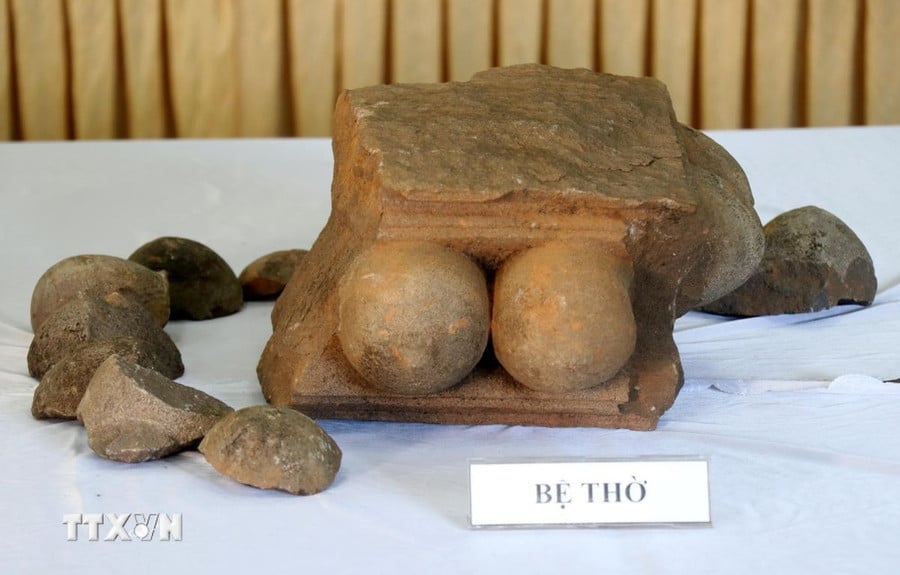
The altar carved from sandstone is displayed after the first excavation in 2023 at Dai Huu tower (Binh Dinh province). (Photo: Le Phuoc Ngoc/VNA).
Based on the scale and architectural layout, architectural decoration materials... discovered so far, experts believe that the Dai Huu tower ruins likely date back to the mid-13th century, similar to other relics such as Duong Long, Hung Thanh, Canh Tien towers, and the Mam Tower ruins...
The construction technique of Dai Huu tower is the technique of grinding and folding, creating a unified, stable block, ensuring the sustainability of the project. In addition, with traces of using adhesives made from plant resin; the tight combination of materials (bricks, sandstone, granite, laterite) together also shows that the level of construction techniques at this stage reached perfection.
The ruins of Dai Huu tower have high cultural value when built according to tradition, inheriting the quintessence of Champa tower architecture combined with the use of new materials from Khmer culture, architectural decoration with sculpture art in the style of Thap Mam (Nhon Thanh ward, An Nhon town, Binh Dinh province), indigenous beliefs worshiping Uroja... reflecting the expanding relationship between the Vijaya land and outside cultures, selectively absorbing and enriching the Champa cultural identity in history.
The ruins of Dai Huu tower were first mentioned in the research work "Statistics and description of Cham relics in An Nam" by author Henri Parmentier, published in 1909.
During the survey, Henri Parmentier discovered many Champa stone sculptures; including the statue of Shiva, currently on display at the Ho Chi Minh City Museum of History.
Near the Dai Huu tower ruins, the French discovered another stele (called Chanh Man stele) which is currently kept at the Da Nang Museum of Cham Sculpture.
In 2018, the Dai Huu tower ruins were re-surveyed by Binh Dinh Provincial Museum and updated into the Binh Dinh archaeological map lookup system.
From April 25 to June 15, 2023, Binh Dinh Provincial Museum coordinated with the Vietnam Institute of Archaeology to conduct the first excavation, with an area of 200 m2, revealing the tower architecture located at a depth of 0.5-1.8 m from the ground surface; discovering many artifacts made of stone, terracotta; bricks, corner tower tops, decorative ceramics, household ceramics of Champa and China.
Source: https://danviet.vn/khai-quat-khao-co-mot-thap-champa-co-o-binh-dinh-phat-hien-gan-680-hien-vat-co-xua-ky-la-20241010235735564.htm



![[Photo] Award ceremony for works on studying and following President Ho Chi Minh](https://vphoto.vietnam.vn/thumb/1200x675/vietnam/resource/IMAGE/2025/5/20/a08ce9374fa544c292cca22d4424e6c0)
![[Photo] Vietnamese shipbuilding with the aspiration to reach out to the ocean](https://vphoto.vietnam.vn/thumb/1200x675/vietnam/resource/IMAGE/2025/5/20/24ecf0ba837b4c2a8b73853b45e40aa7)

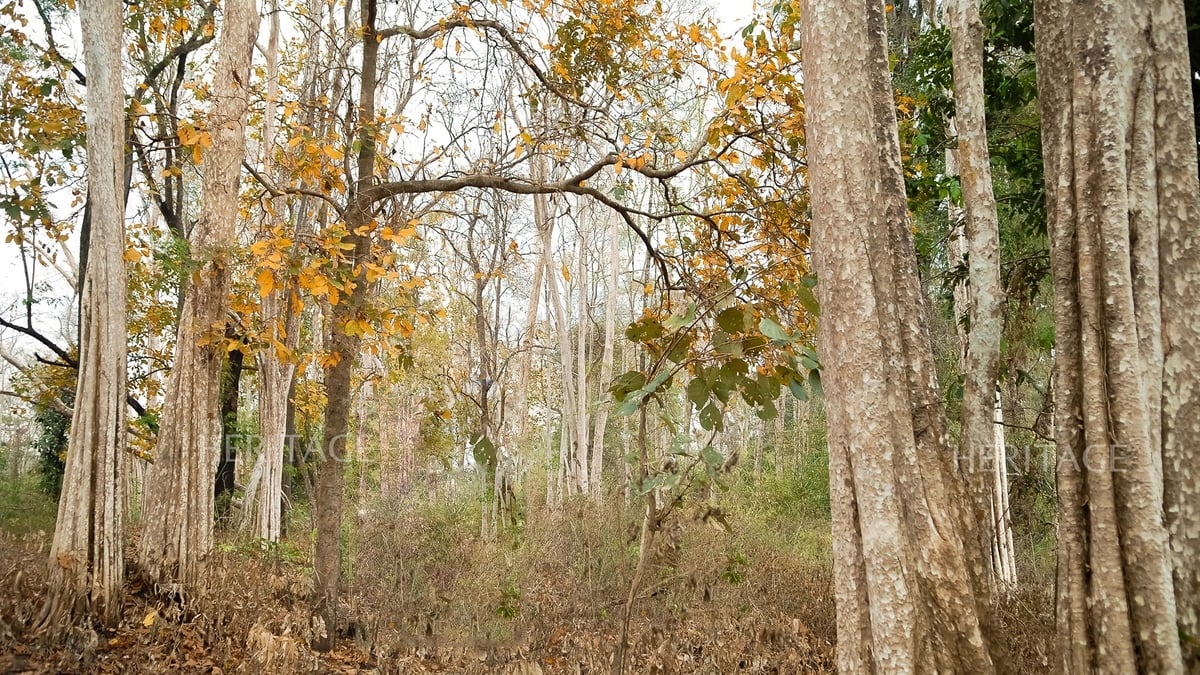



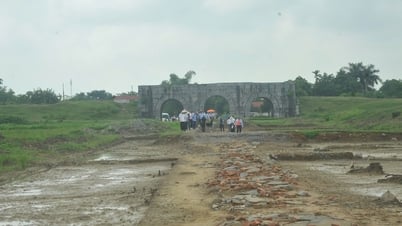

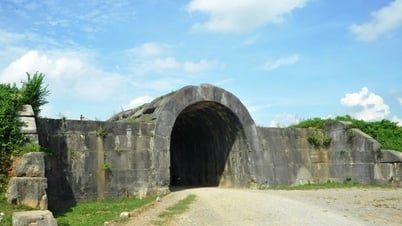


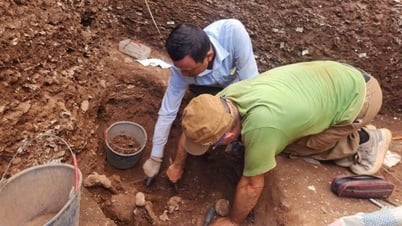
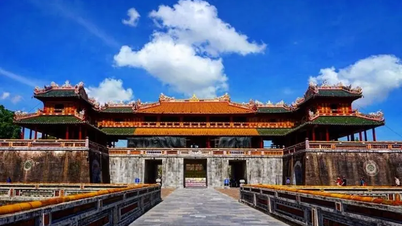

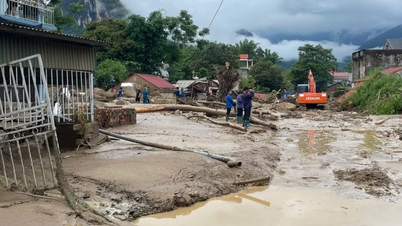

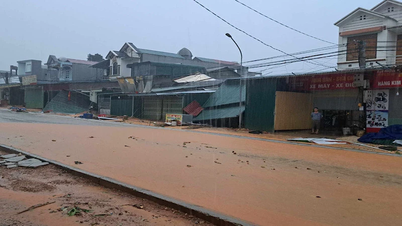




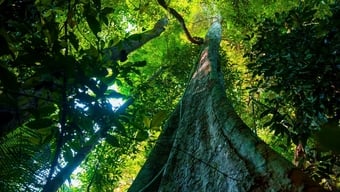


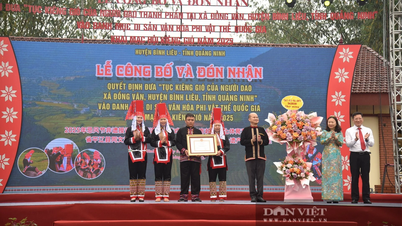
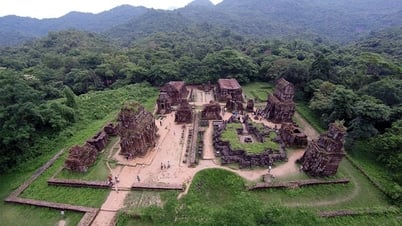

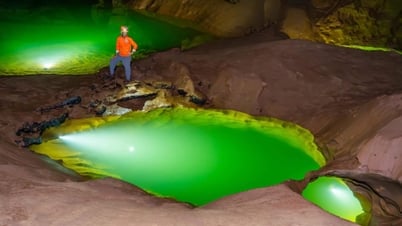


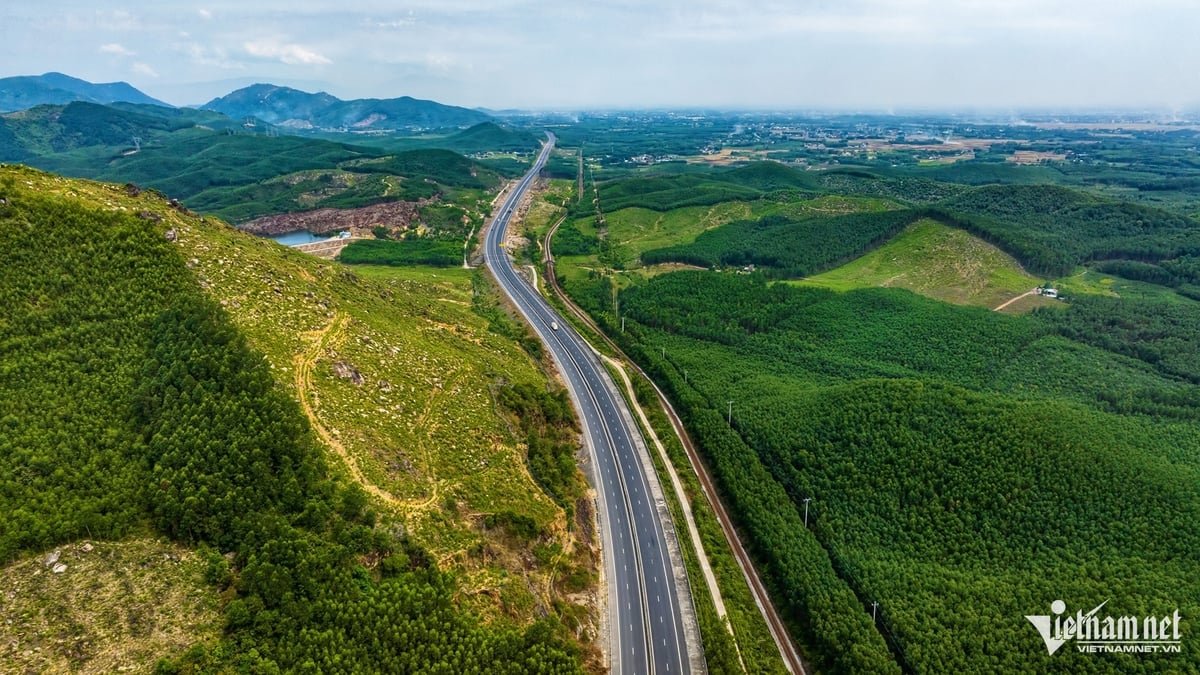


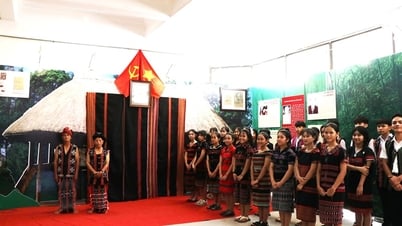
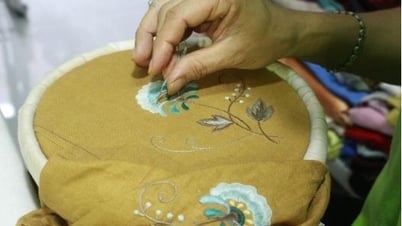





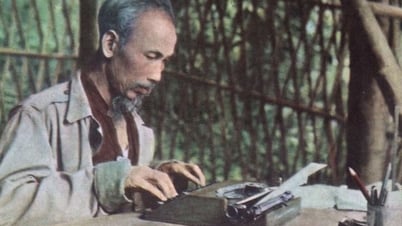
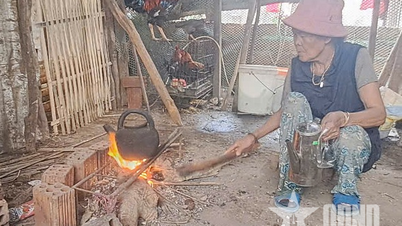










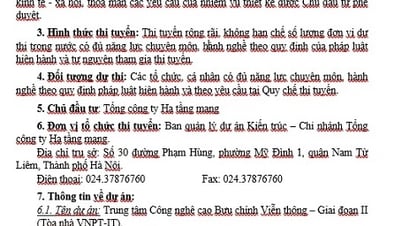










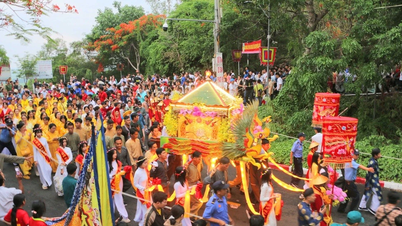


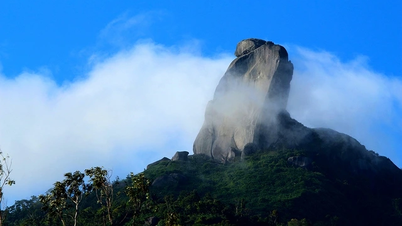
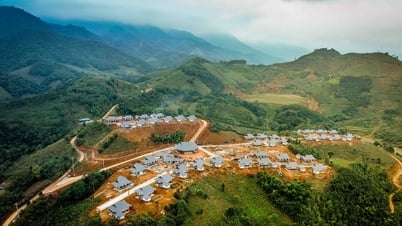













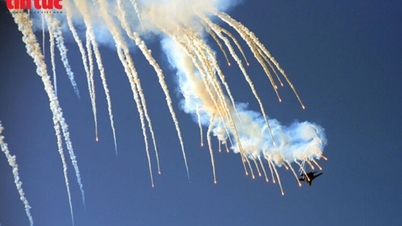












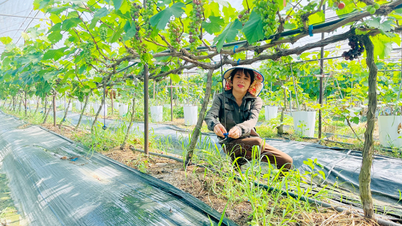


![[VIDEO] - Enhancing the value of Quang Nam OCOP products through trade connections](https://vphoto.vietnam.vn/thumb/402x226/vietnam/resource/IMAGE/2025/5/17/5be5b5fff1f14914986fad159097a677)
Comment (0)